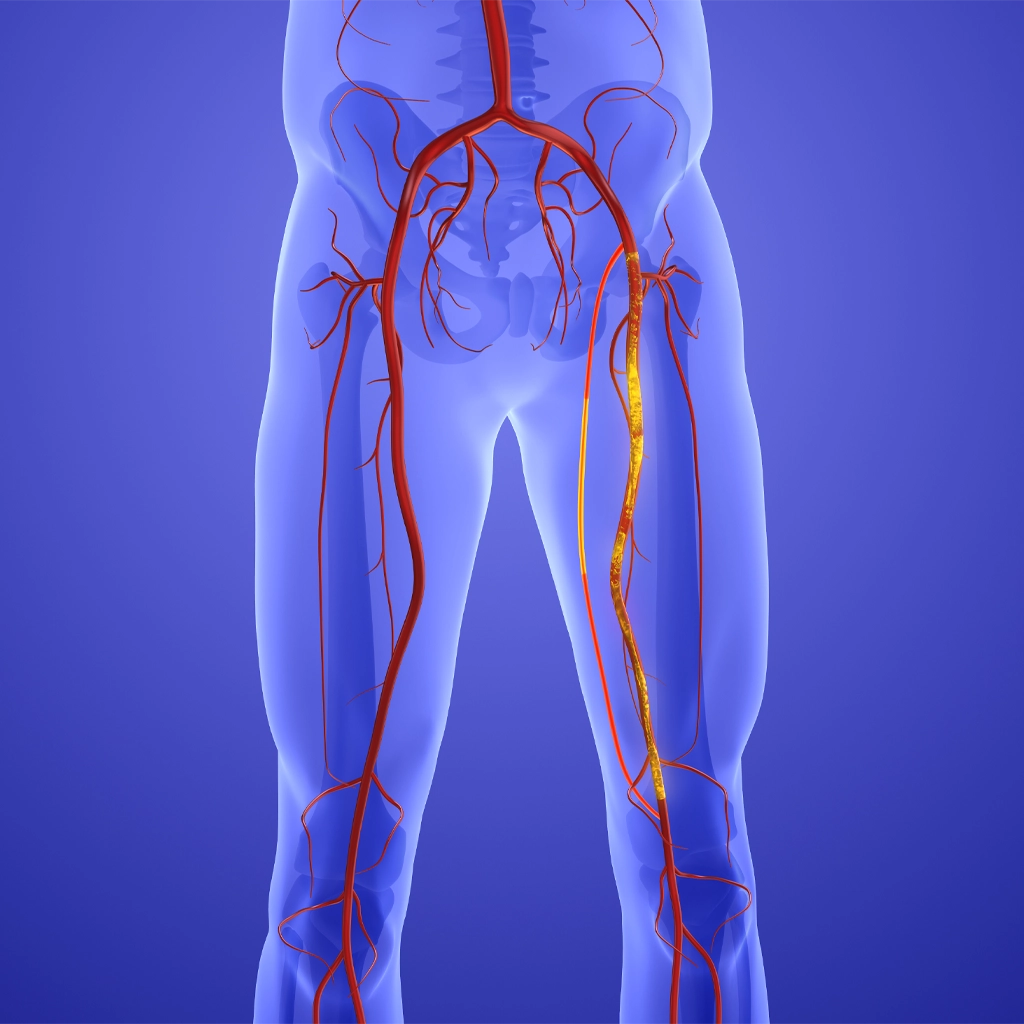Peripheral Vascular Angiography/Intervention
For the diagnosis and treatment for peripheral artery and venous disease
Peripheral vascular angiography is a diagnostic procedure that combines medical imaging (X-rays) and a contrast dye to visualize blood vessels in the body’s extremities (arms, legs, hands and feet). It can identify problems such as low blood flow and arterial blockages that are signs of peripheral artery disease, as well as blood clots within the deep veins of the legs (deep vein thrombosis).
The doctors of CU Medicine Interventional Radiology offer several vascular treatments (interventions) depending on the condition diagnosed. All are minimally invasive, and involve the use of tiny catheters and devices–guided by imaging–to effectively treat the problem.

